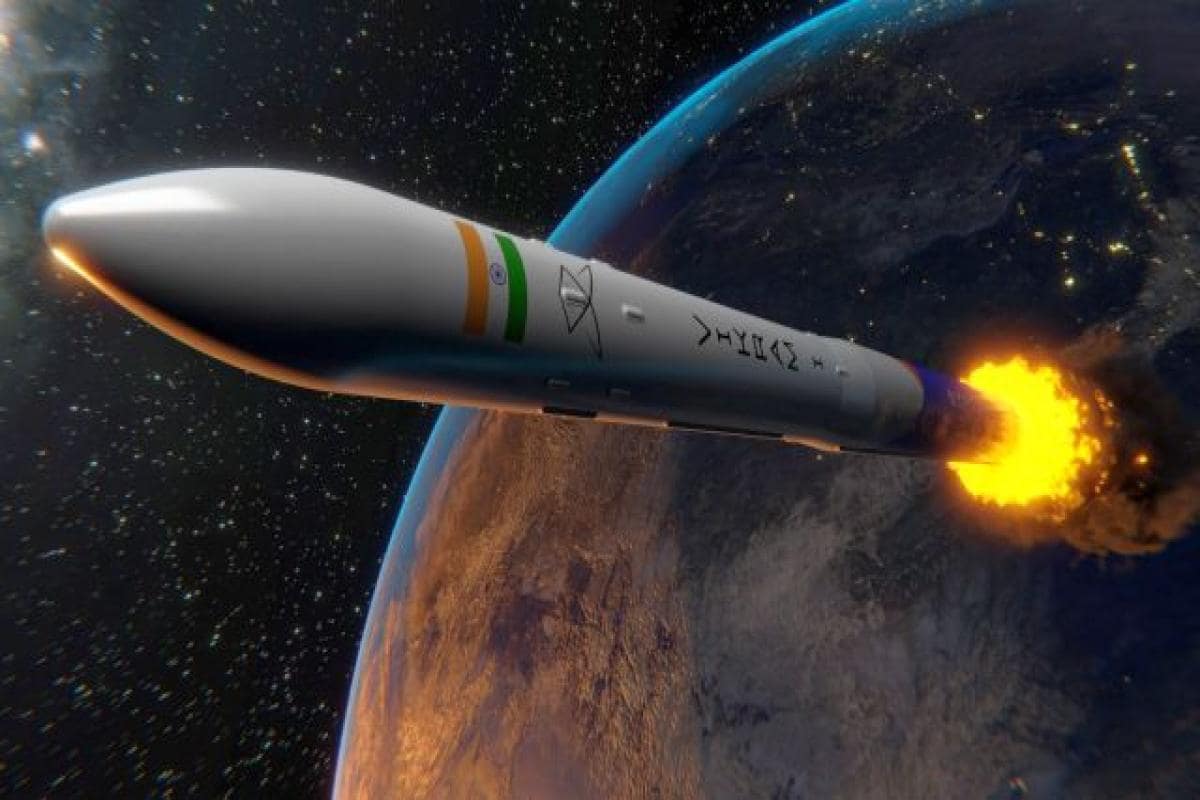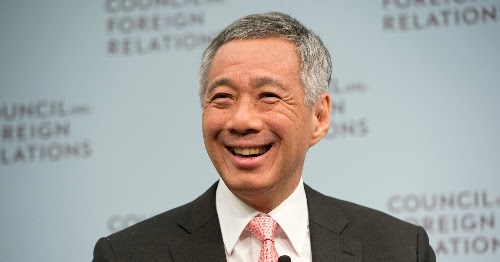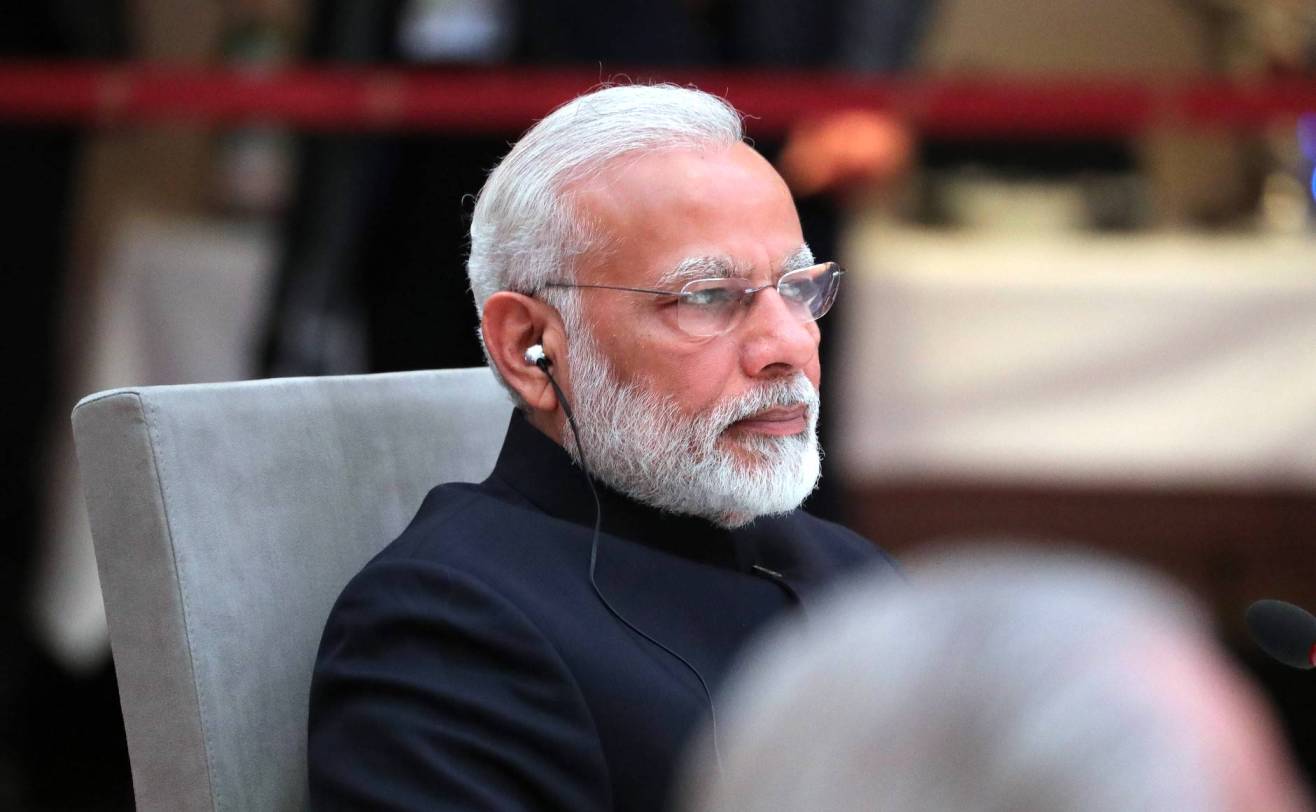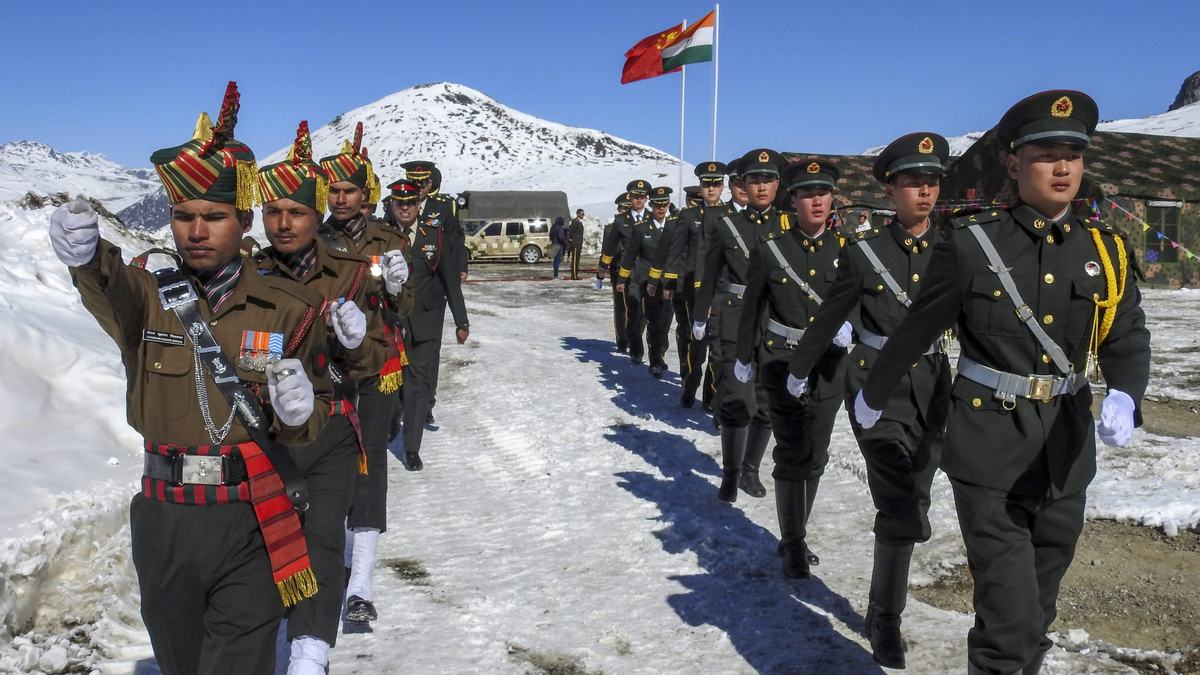India has invited Australia to the Malabar naval exercises with the US and Japan. A reinforced Quad is ready to take Beijing head on
For long, India had not been too keen on firming up the Quadrilateral Security Dialogue with Australia militarily. While it had committed to the security alliance in principle to rein in China in the Indo-Pacific region and been comfortable with the US and Japan, it had been wary of Australia’s role — considering its deep dependence on Chinese markets — and its ability to override economic imperatives. After all, China continues to be Australia’s largest trading partner and accounts for 32.6 per cent of its exports. Besides, China sources iron ore, coal and gas from Australia because of its geographical proximity and mined quality, preferring the latter over Brazil. India was sceptical about Australia doing anything to jeopardise this mutually beneficial relationship. Besides, both India and Australia, being in the neighbourhood, didn’t exactly want to rile up China or risk a hit-back by overtly upping the dragon’s anxieties. Therefore, India had never included Australia in the Malabar naval exercises, a series of simulated war games and combat manoeuvres it has been conducting with the US and Japan since 2017. Last year, the exercises were upgraded to complex maritime operations focussing on anti-submarine warfare, anti-air and anti-surface attacks, maritime interception and other tactical manoeuvres. But in a post-pandemic scenario, which has been entirely the fallout of China’s negligence and its neo-imperialism in a world flattened by the virus in more ways than one, new allies are realising that without standing together as a bulwark, there’s no chance of standing up to China’s might, the only nation to notch up positive growth in distressed times and in a position to dictate its terms again. Now both want competitive advantages at China’s expense. So India has finally announced Australia’s participation in the Malabar exercise along with the US and Japan, the Quad’s first full military-level engagement. This is significant geo-politically because four of the biggest democracies with stakes in the region are collectively committed to preserving open waters and hold off China’s misadventures to monopolise them ruthlessly. The initiative allows inter-operability between the four partners, which means accessing and using each other’s strengths and bases to pursue their common mission of maritime democracy. This makes Quad formidable. For far too long, the group has been under criticism for being amorphous, united by posturing than real intent and being half-hearted about taking on China in a real theatre of geo-strategic capabilities. The full-fledged military alliance gives a robustness of entity, one which can now embolden Quad plus nations to coalesce together against Chinese assertiveness and debt-trap diplomacy. Except the US, nobody in the group had directly dared to call out China. With a military-level agreement, there should not be trust issues anymore. And if mutual interests and concerns find congruence, then over time it could become what the US calls a NATO-like presence in Asia that could contain China’s expansionist designs and one-sided behaviour. Most significantly, the military alliance could also be strengthened to forging an economic coalition of sorts, for example setting up a Quad Free Trade Agreement (FTA) to attract investment and set up an alternative supply chain network that would reduce the dependence on China. Australia has been keen to be part of the Malabar exercises for quite some time to acquire strategic depth with India and further sharpen its maritime capabilities. Virus-hit badly, it had, with US encouragement, spearheaded a petition for a neutral, global investigation into Covid-19’s origins and China’s role in it. China, which now sees both India and Australia as US stooges in the region, immediately hit back, imposing an 80 per cent tariff on Australian barley and banning beef imports. Ever since, Australia has been looking to find allies where it can diversify markets and find support. One of the results was the Comprehensive Strategic Partnership, agreed upon by Australian Prime Minister Scott Morrison and Prime Minister Narendra Modi on June 4, 2020. The military exercises seem to be a corollary of this understanding.
With this consolidation, Beijing could have a tough time monitoring the entire South China Sea, which it claims as its own. Its intention is to encircle the region, particularly India, with a “string of pearls” or islands friendly to it and keep a hawkish overlordship of the littoral States. India, which has realised that China won’t budge on Ladakh, is now seriously considering getting down to “a poke for a poke” strategy. It is now firming up more military pacts, like the Basic Exchange and Cooperation Agreement for Geo-Spatial Cooperation (BECA) with the US during the 2+2 dialogue between the Defence and Foreign Ministers of the two countries later this month. This will amplify India’s maritime vigilance capabilities significantly. The US can share advanced satellite and topographical data for long-range navigation and missile-targeting with India. We can now use US unmanned aerial vehicles for reconnaissance. Besides, after years, India is also keen on formal trade negotiations with Taiwan. This is tricky territory as India would have to sidestep issues that China might raise regarding bilateral trade agreements and pledges made under fair practices. India doesn’t formally recognise Taiwan, with the two Governments maintaining unofficial diplomatic missions. But a trade pact, if it does materialise bypassing Chinese resistance, would help us reduce our supply chain dependency and attract massive investments. Galwan may have been the trigger that China has wrongly pressed. For it has forced India to develop its own protective “ring of fire” in the region.








 OpinionExpress.In
OpinionExpress.In















Comments (0)